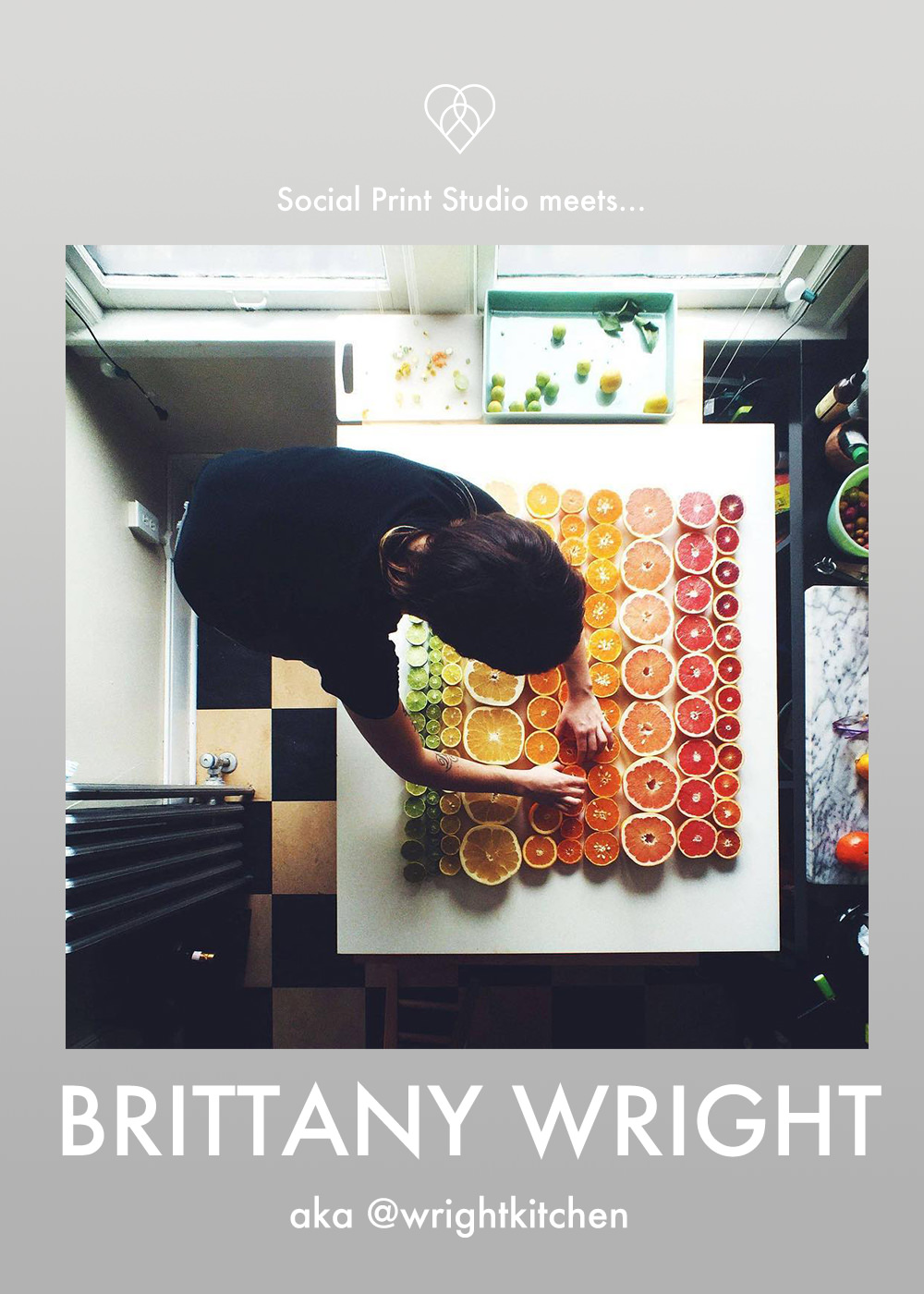
We talked with Brittany Wright, the free spirit behind the meticulously curated @wrightkitchen Instagram feed. Brittany told us how she secured a career arranging and photographing food, and her best advice for other creatives!
How did you start out becoming a food photographer?
Photography has been a part of life since I was like 11. I went to school for it. In high school, I went to Community College after and took studio lighting classes and then I went to college up in Seattle for it and I actually dropped out. I ended up repairing and rebuilding computers for like 5 years. I kind of lost track of what I wanted to do. You get stuck in the corporate path and one day I was like, "Wait, this is just a day job that I got in college. I need a new hobby." I was either going to go to this rally car school and race and make that my life or teach myself how to cook. So I obviously taught myself how to cook and saved my grandma the heart attack. And it just kind of evolved into what it did. I wasn’t intending to put the photography with it. I started photographing the recipes I had success with. I started a blog which was Wright Kitchen in the beginning, and I started posting the recipes.
I got really tired of taking photos of the process. Here’s a photo of this mixed with that. In food photography... I didn’t see my imagination and the stuff that sparked my excitement. And that was the ingredient, the focus on the individual ingredient. It was always the final dish or the all the ingredients you used, which are both beautiful, but I saw an opportunity to do something different.
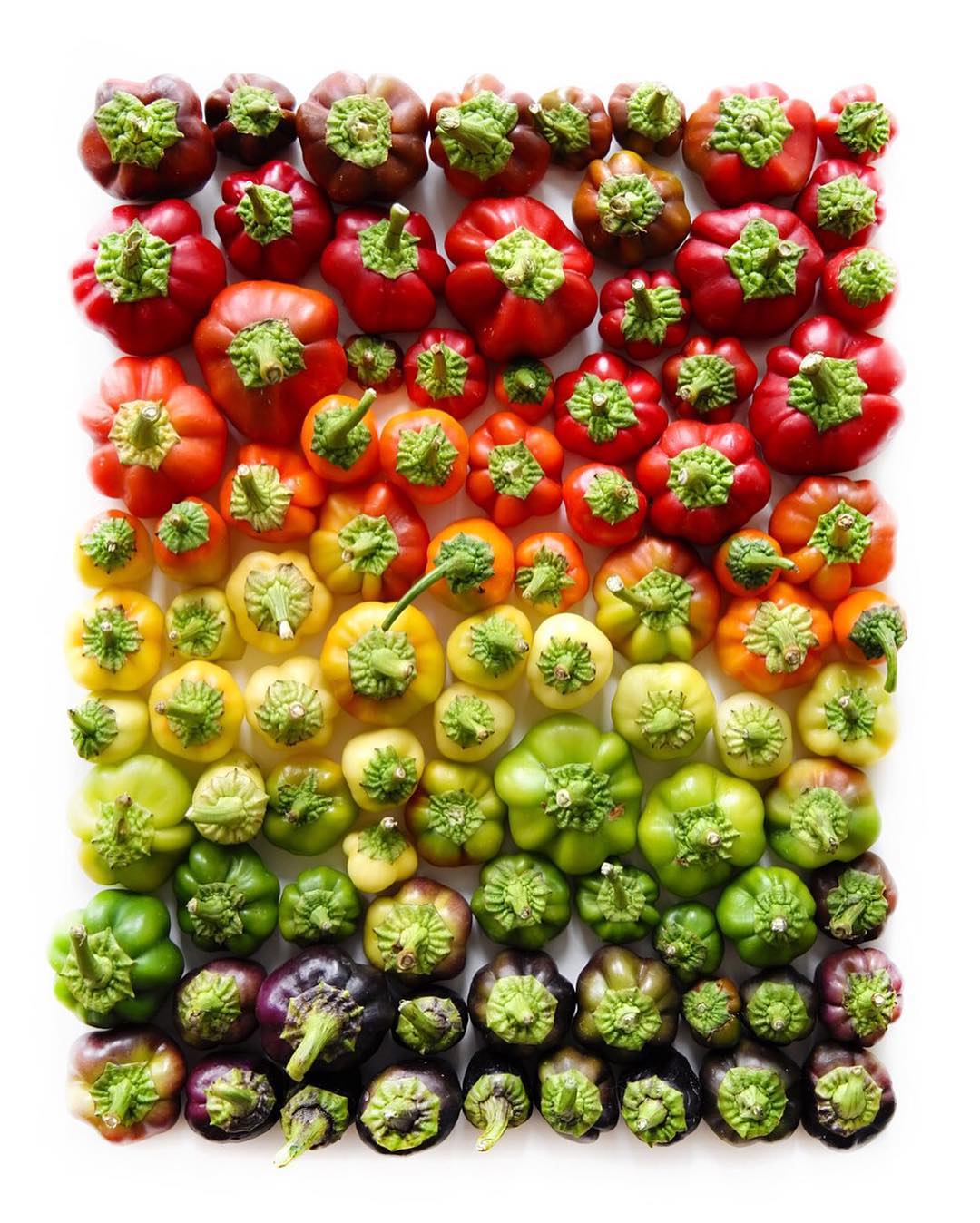
How did you turn your photography into a career?
A lot of hard work. I kind of hermited out for a few years and went into a cave and just didn’t really hang out with a lot of people. They knew I was a scientist in the lab doing something. Sometimes you just have to seclude yourself away and really focus on your craft. That was it, just literally hard work. Always making art, putting it out there. Letting go of being timid to share my art and just putting it there.
How do you come up with how you’re going to arrange the food and shoot it? Is that in the moment or do you plan out well in advance when you have the ingredients?
I like to flow with the shapes, the natural shapes that occur in the food. Sometimes it’s like putting together a puzzle. Wherever it leads me to do, I’ll push everything around and see what flows well in my mind. I love lines and I love to create movement through art. In photography school, they teach you a lot about creating motion in a photo. For a long time, to me, what that meant is, ok I’m going to photograph someone running. Or I’m going to photograph a car. That’s not the point. For me, creating movement is making the eyes move, making you look around. Creating movement through the colors, creating movement through the lines.
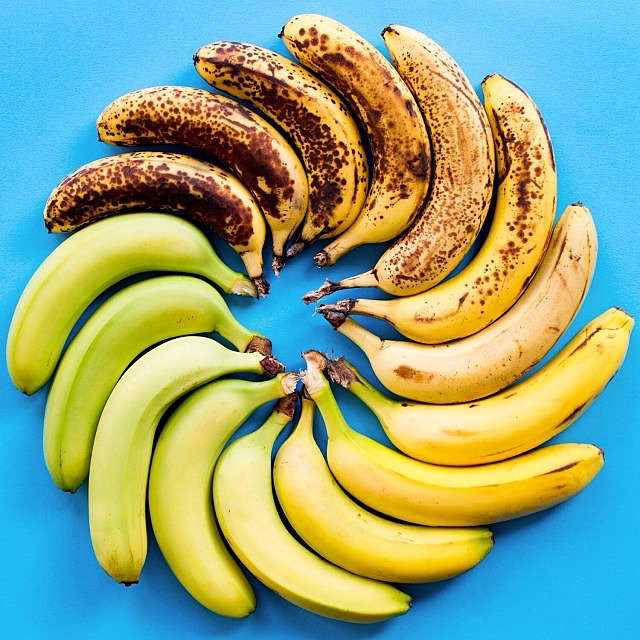
Can you show us one of your photos that was most challenging to shoot and tell us how you managed it?
The word challenging has a different view, for all of us. For example, the banana gradient, I had bananas all over my house, everywhere, and tomatoes next to them to ripen them. In a sense, challenging could be, "Oh, I have bananas all over my house. My house smells like bananas for a week." That’s its own kind of challenge.
On the flip, that photo has been stolen and turned into memes and taken from me and so disconnected from my name at this point, that’s its own challenge too. My art gets stolen every single day. It’s like everywhere. Especially so with that photo, that’s part of the challenge. You put your art out there just for people take it.
Ice cream is always its own challenge. I love doing it though. Just the whole melting process of it. If you want to keep that whole scoop, and I’m photographing 30 scoops and I have to drop them all somehow at the same time. It’s planning that out.
Personally I love a good challenge. When I have spent three hours doing something, I feel good, I feel challenged, I feel like I really did something.
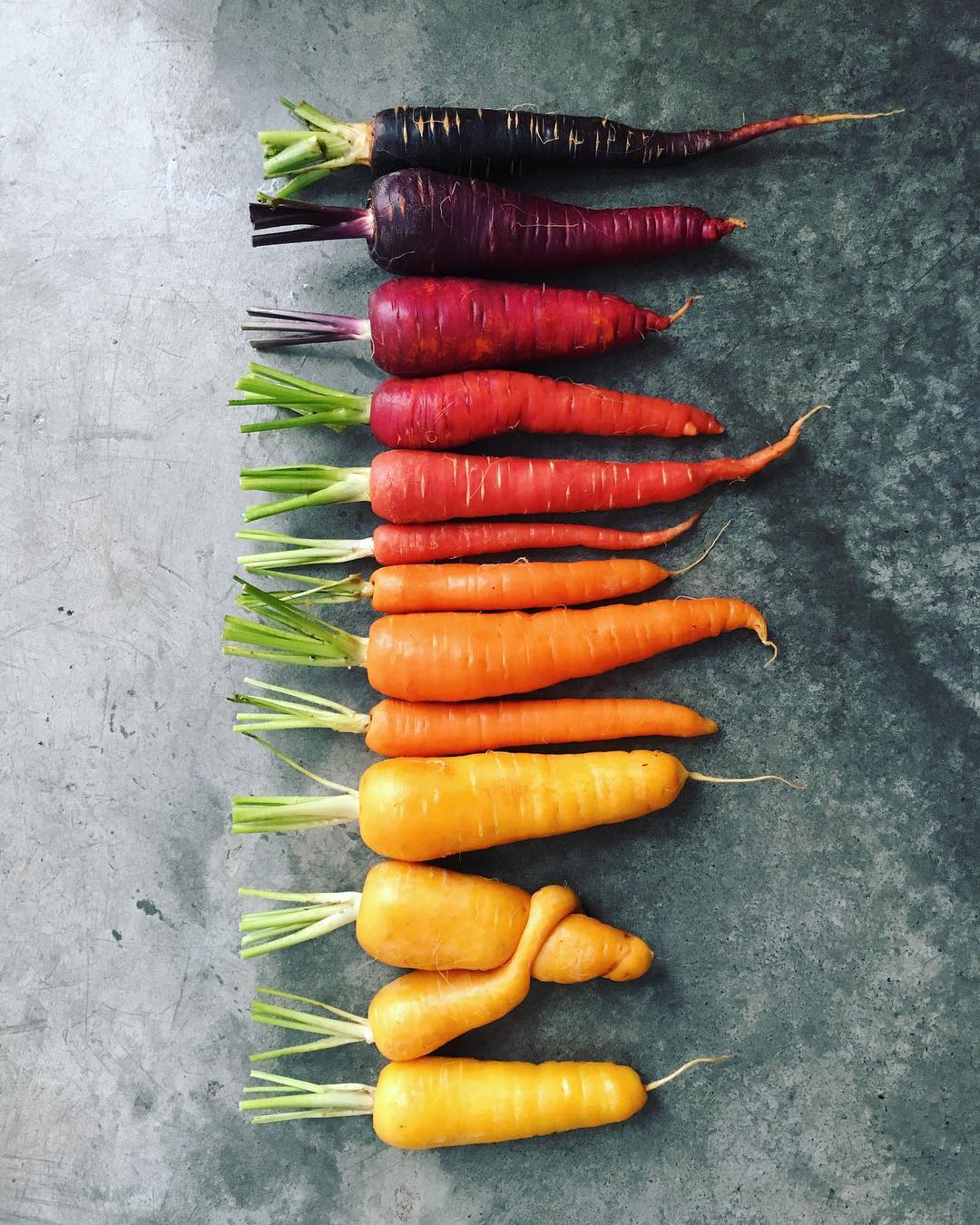
Can you tell us about the carrot gradient with hug?
I thought that was not a good photo when I took it. That happens a lot. Even now, I have a whole database of stuff that I’ve created. It’s that whole staring at it for too long and just thinking, "Oh this is just going to be kind of whatever." I held that one in for a few months before I let it out. It’s one of my best selling photos, one of the most loved photos I’ve done. It’s just that perspective, we don’t realize that it could mean something else to someone, instead of what we see it as. The impact on that has made it one of my favorites for sure.
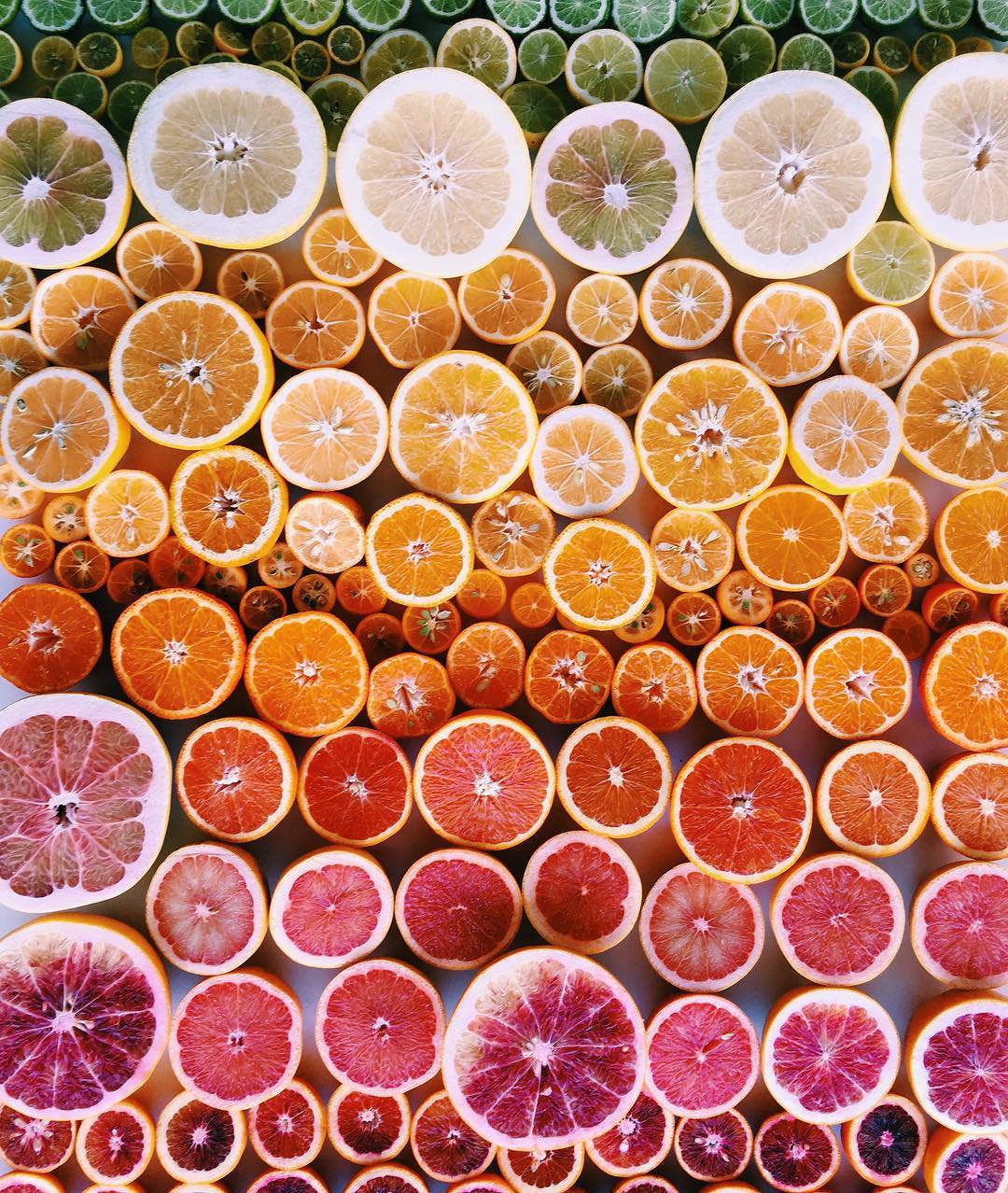
How did you create the citrus gradient?
With a whole bunch of citrus. That one took a lot of trips to different markets. Really dialing in that exact mid-January, citrus season is really going. With citrus, the thing that is fun/a challenge is you don’t really know what’s going to be inside, because it can be so many different colors. So just a lot of research of different varieties of citrus, trying to get some imported in that I can’t get and just laying it all out. Citrus is just a matter of organization for me. It takes a lot of space. It’s always a really big piece and very sticky.
How much money do you spend on food?
I don’t want to know. Enough. I eat what I work with. What I tell people, is that I’m in the business of spending money to make money. It can be scary spending hundreds of dollars on citrus, but it has to happen. In the early days, I would spend everything I had. I would just save what I could for my bills and I wouldn’t buy anything else. I wouldn’t buy any new clothes, I wouldn’t buy anything, I was just buying food for art.
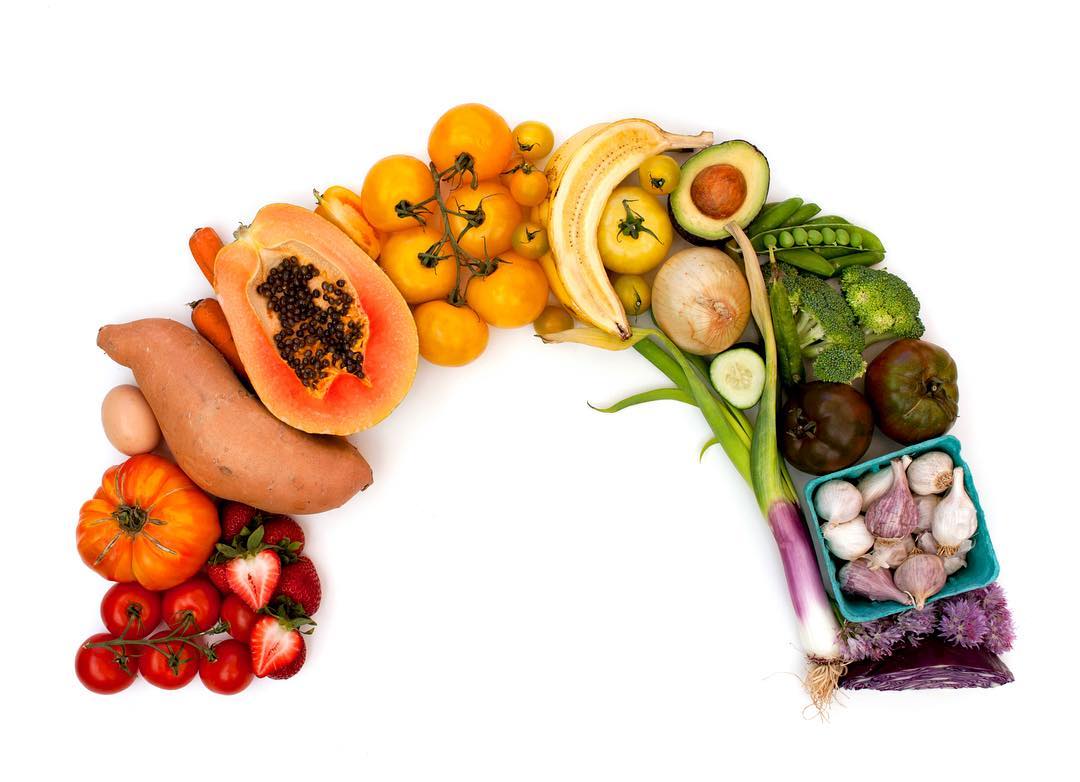
What is something unexpected about photographing food?
I think the impact, honestly. I didn’t expect people to be so impacted by it. People reach out to me all the time about their OCD and tell me that they save the photos for that moment they feel that trigger and it calms them. I had a gal reach out to me and said that her dad and her cousin both were colorblind and they got these color corrected glasses. At the doctor’s she brought my book, and my book is the first thing they ever saw in true color.

What advice would you give to other photographers and artists?
One of the biggest pieces of advice I give to any creative or anyone in general is just be yourself. I think a lot of times, especially now, there’s so much information that we get and it’s really easy to duplicate and to replicate and to be someone else and just do what someone else does just a little bit more. I think that looking at what inspires you and then thinking, "Okay, this is out here so I’m not going to do that." And then figuring out something new. And then just letting it rip.
Also ask for feedback and advice and be open to that conversation. That is so hard. Even sometimes with my friends, I’ll send them two different crops of a photo and be like: "Which one do you like? Because I’ve been staring at this for three hours and I hate both of them now."
What is your favorite thing about what you do?
I think the favorite thing about what I do is that I can inspire everyone else that they can do it. Like we can literally do anything we want to do, you want to be a dolphin, go figure it out! Go be a dolphin. That’s what I hope to get out of this. One, to make people, if they don’t like tomatoes, to at least give them a chance and look at them and realize that maybe you haven’t had them the right way. And two, to just show people that they can. They can just be. Do what you want. It just requires some hard work, and if people tell you, you can’t do it, well then maybe those aren’t the people for you. We’re all humans and we get so disconnected from that sometimes.
Follow Brittany Wright on Instagram @wrightkitchen and shop her prints on her website.
Also this week, she's giving away a 20" x 30" Metal Print! Enter via her Instagram.
